Baby Betta Care: Preparing a Tank
When your brand new Baby Betta arrives they will be around 2-3 months of age and about the size of the the first joint of your finger from “nose” to tail. They are much smaller on average than an adult and you need to keep that in mind when designing your tank for them. They are prone to wedging themselves into spaces in their exploration of their new home and it is for this reason we caution against any decorations that are right against the glass where they may become stuck between the glass and the decoration. Ideally you should use smaller gravel, Aqueon Plant & Shrimp substrate, or Fluval Stratum or similar substrate rather then the larger types of rock or gravel to avoid creating voids for your curious baby to get stuck in.
We strongly recommend a sponge filter as an over the back filter will generally be a threat to your small baby who will be stressed by its flow and potentially sucked into it. Whatever filter you do decide to go with its important to be sure any openings are either outside of the water where you baby cannot swim into them or are shielded in a way to prevent the baby from going into them. We also recommend a few live plants. These help provide hiding spots and also to stabilize parameters and provide oxygen.
A stable temperature is important for your Baby Betta to grow and thrive. We recommend keeping your tank at no less than 78 degrees but our baby tanks are kept at 80 degrees. The number 2 reason for failure of your Baby Betta to thrive is definitely their water not being warm enough.
A Baby Betta is the perfect age to add a few tankmates for a better chance at long term success. We keep neocaridina shrimp with our babies from the time they are hatched. There is of course no guarantee they will work long term but you have the best shot by raising them with them. We also recommend a snail or two to keep the tank tidied up. We raise our babies with different kinds of snails here.
Before your baby arrives we recommend having the tank fully cycled. We do not recommend attempting a fish in cycle with a Baby Betta. To help your cycle start quicker you can employ Fritz Turbo Start which can help you establish a full cycle much quicker. We also recommend having Seachem Prime on hand to handle any sudden spikes after you introduce your livestock to the tank. This chemical can be used to detoxify ammonia and nitrites so that they do not kill your fish and other aquatic life. If you do not already have one we also recommend having a Freshwater Master Test kid to check on the status of your tank’s parameters and ensure that not only is your tank cycled that it remains cycled. A crashed cycle will take out your Baby Betta very quickly so its important to keep on top of these numbers. We recommend testing every 3 days while cycling at first until you see the nitrates rising. After this has occurred your tank is considered cycle then you should test every 5 days or anytime you notice sudden changes in your aquatic animal’s behaviour, water clarity, or plant health.
You should do a 25% water change whenever your nitrates test over 5-10 PPM. You want to avoid ever doing more than a 50% water change. This can create too drastic a change in water parameters that can cause your Baby Betta and other stock issues. You are also far more likely to generate a massive change in PH with a water change over 50%. Water changes over 25% should be used as an absolute emergency only situation. Live plants can drastically reduce the number of water changes you need to do which will help keep your tank nice and stable for your precious Baby Betta. Some easy plants to keep that will help keep your parameters in check and are easy to keep alive are hornwort, java fern, various kinds of Amazon Sword, and Jungle Val. If your tank test over 1 PPM ammonia or nitrites then you should immediately do a 25% water change. If after doing a 25% water change they do not drop to below .25 PPM then our recommendation is to do an emergency detoxification dose of Seachem Prime at 5x the normal dose. This will keep the high ammonia and nitrites from harming your fish giving you time to do several daily 25% water changes until parameters are back in range. Make sure to be treating your water with Seachem Prime at the normal dose every water change.
ANYTIME you have a parameter test high you need to retest after doing a water change and then daily for a few days just to ensure it is not a sign of your cycle crashed.
Products recommended in this article:
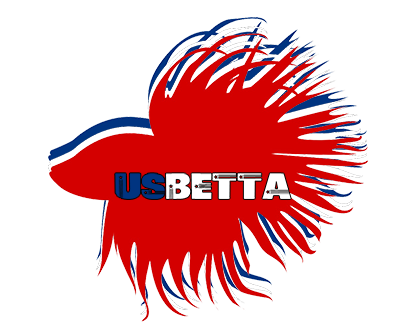
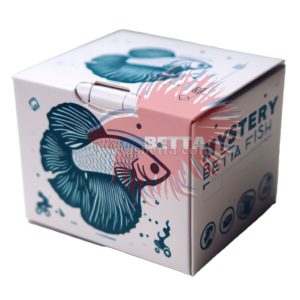
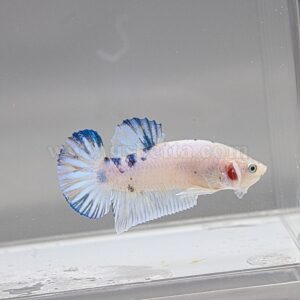
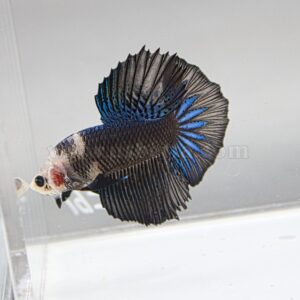
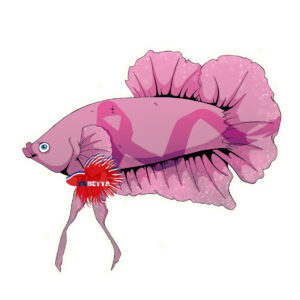
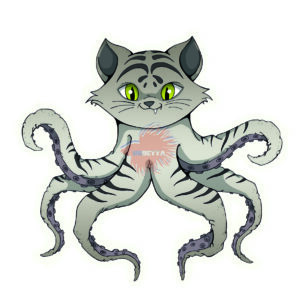
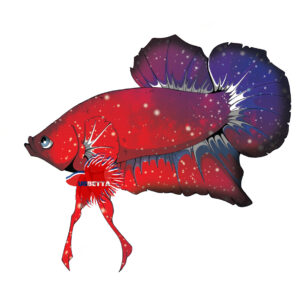
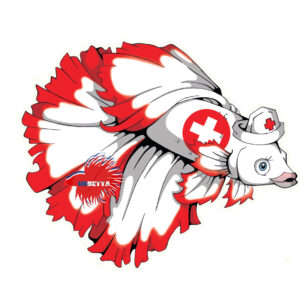

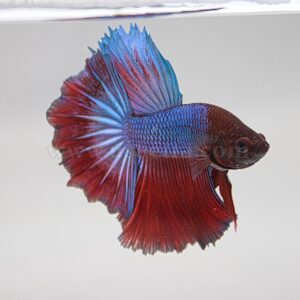
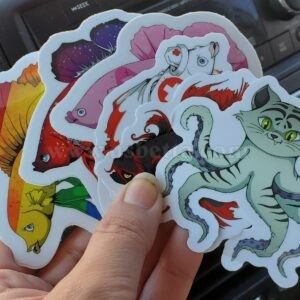
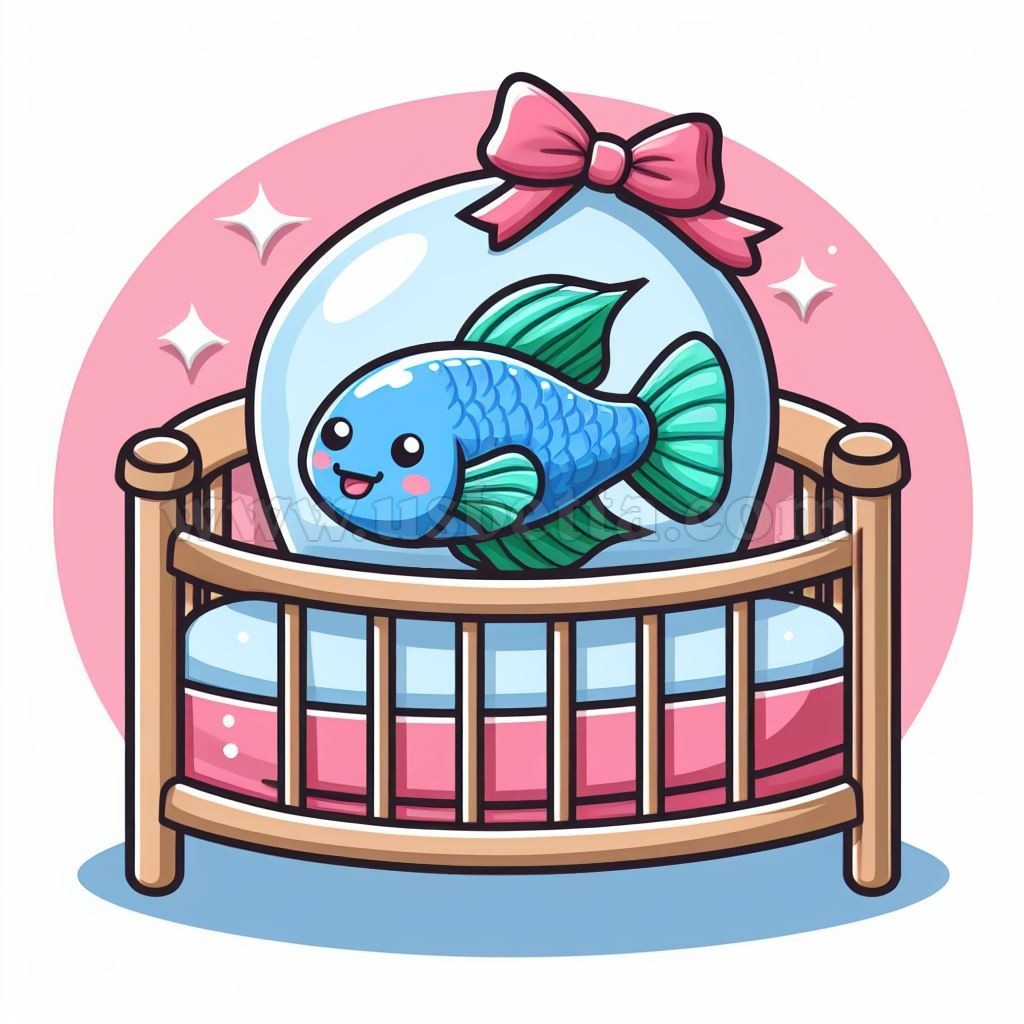

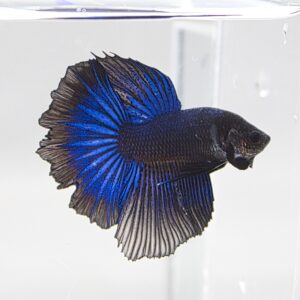
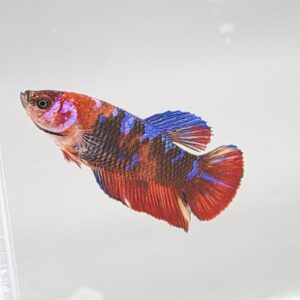
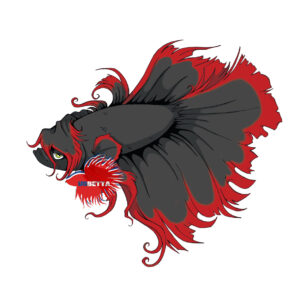

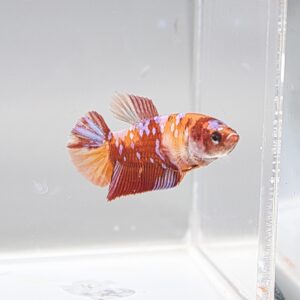


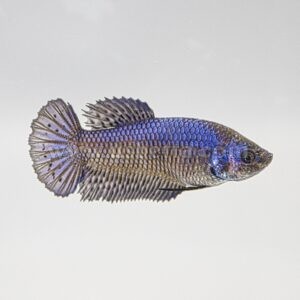
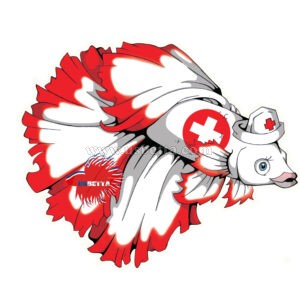
0 comments